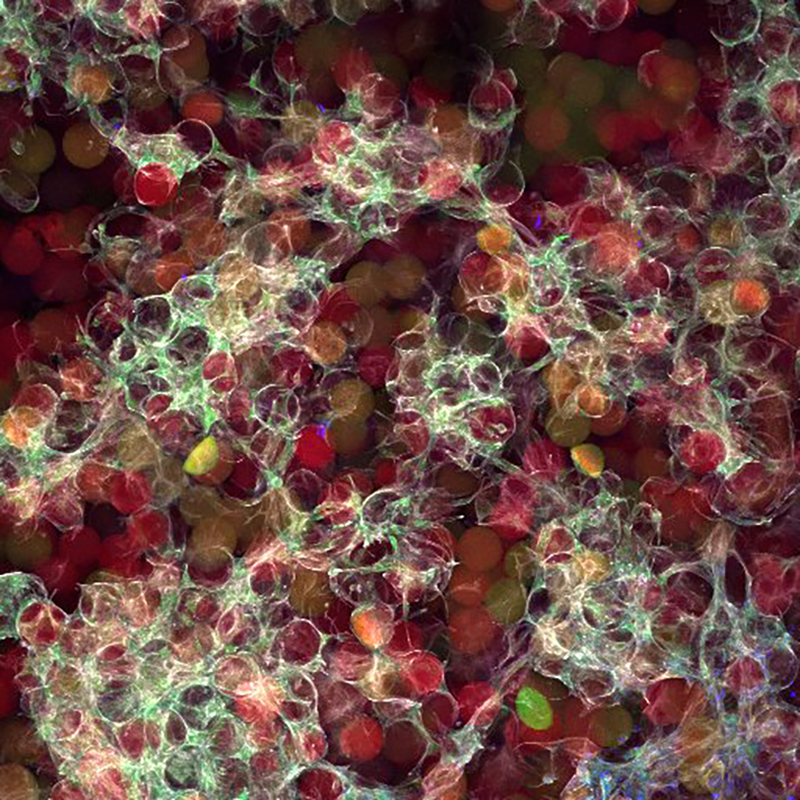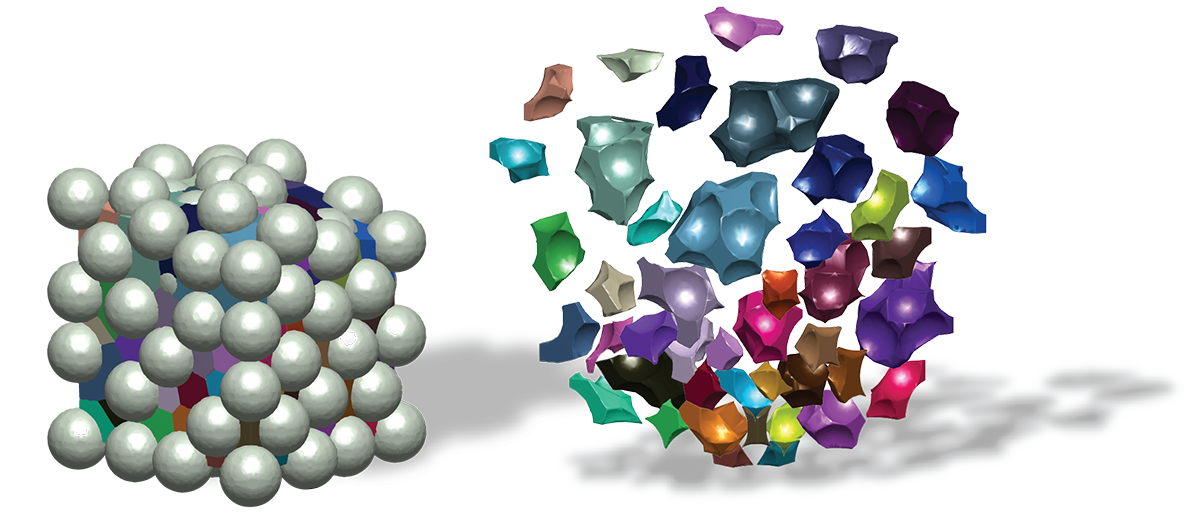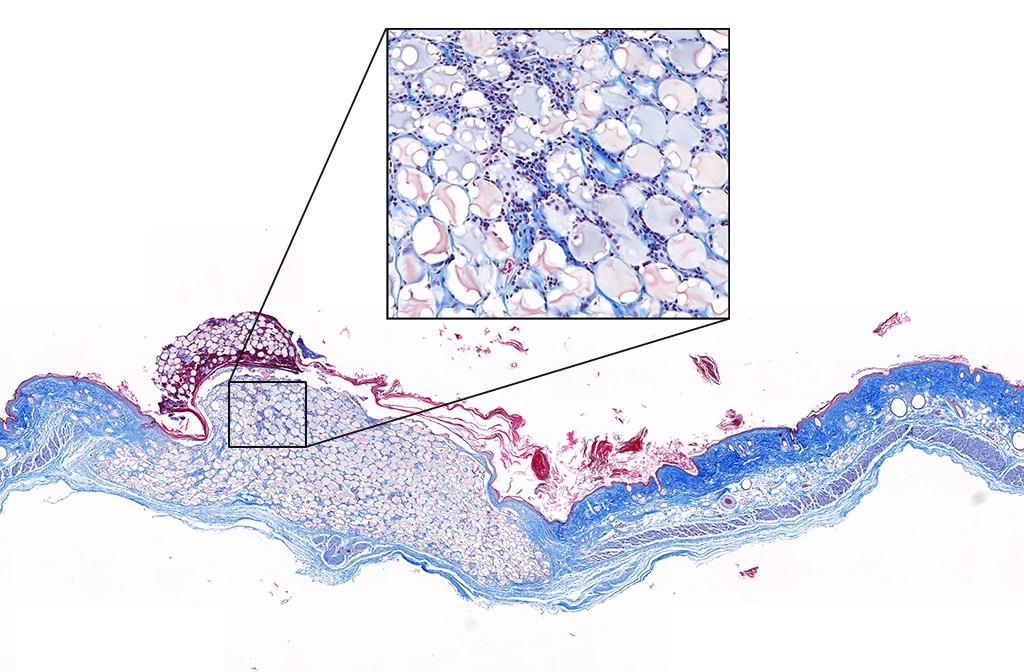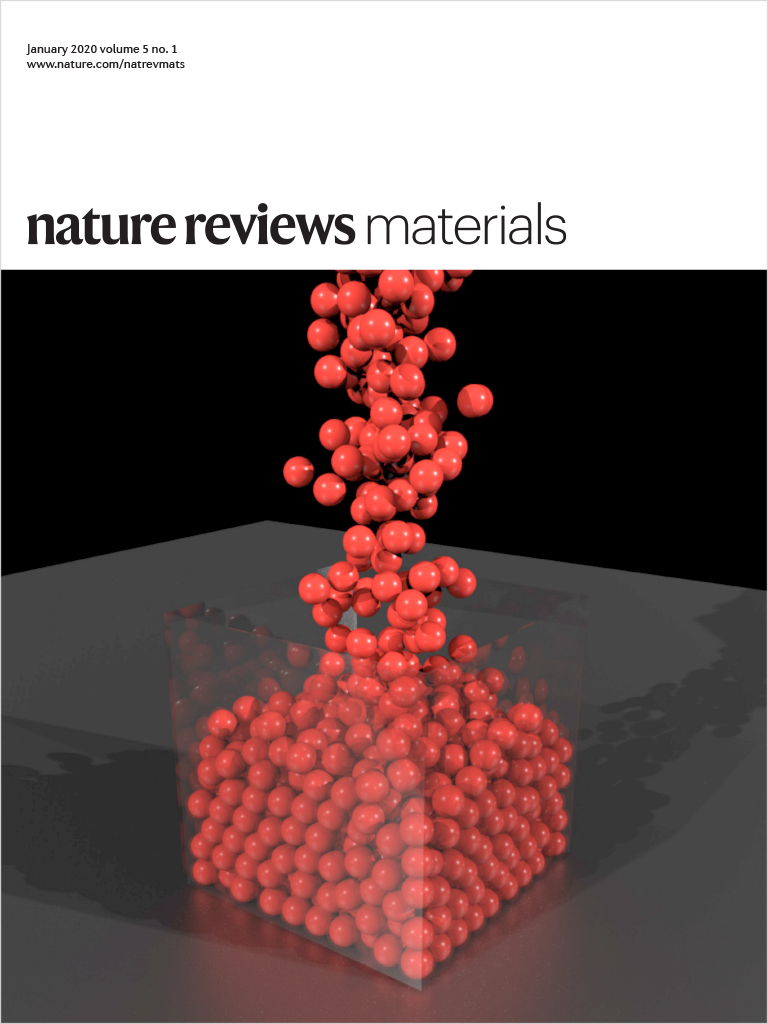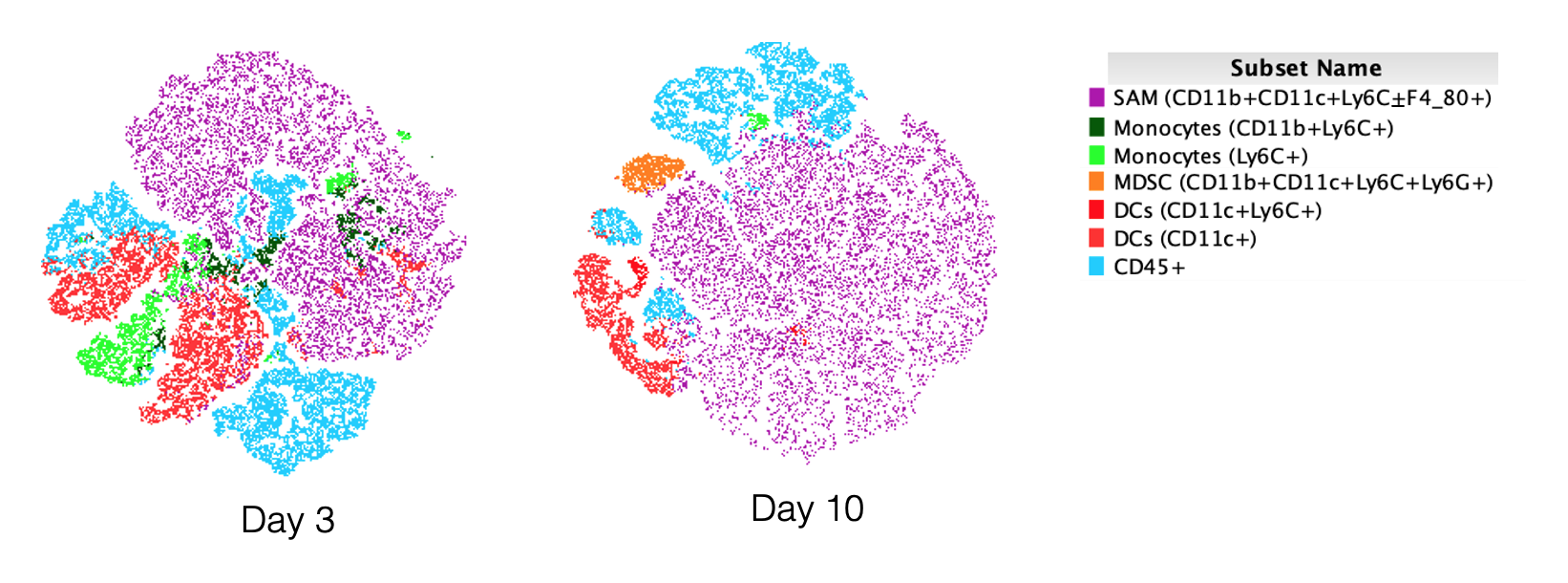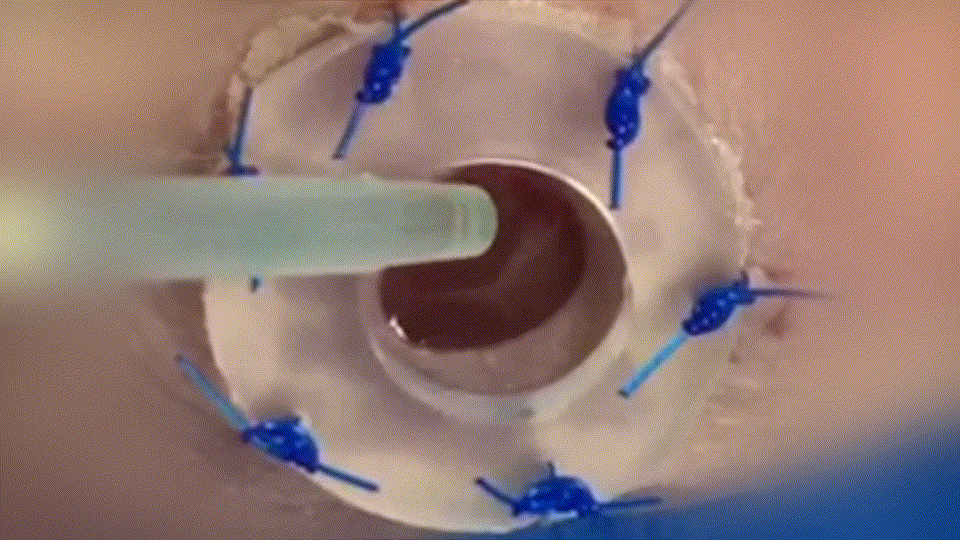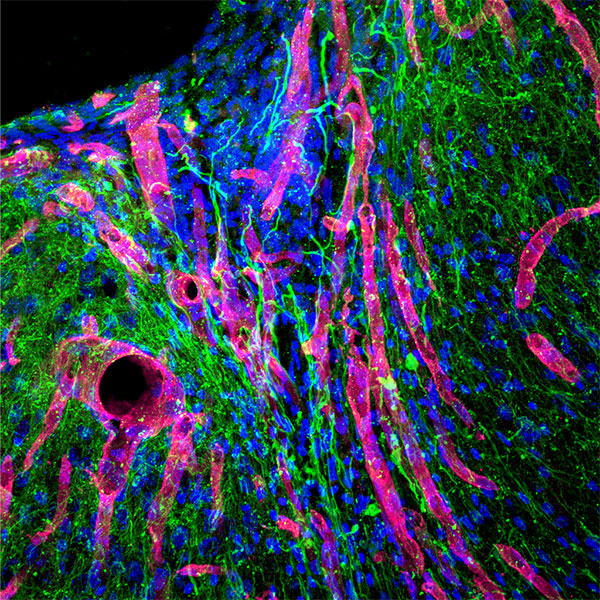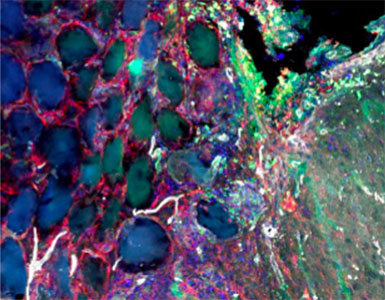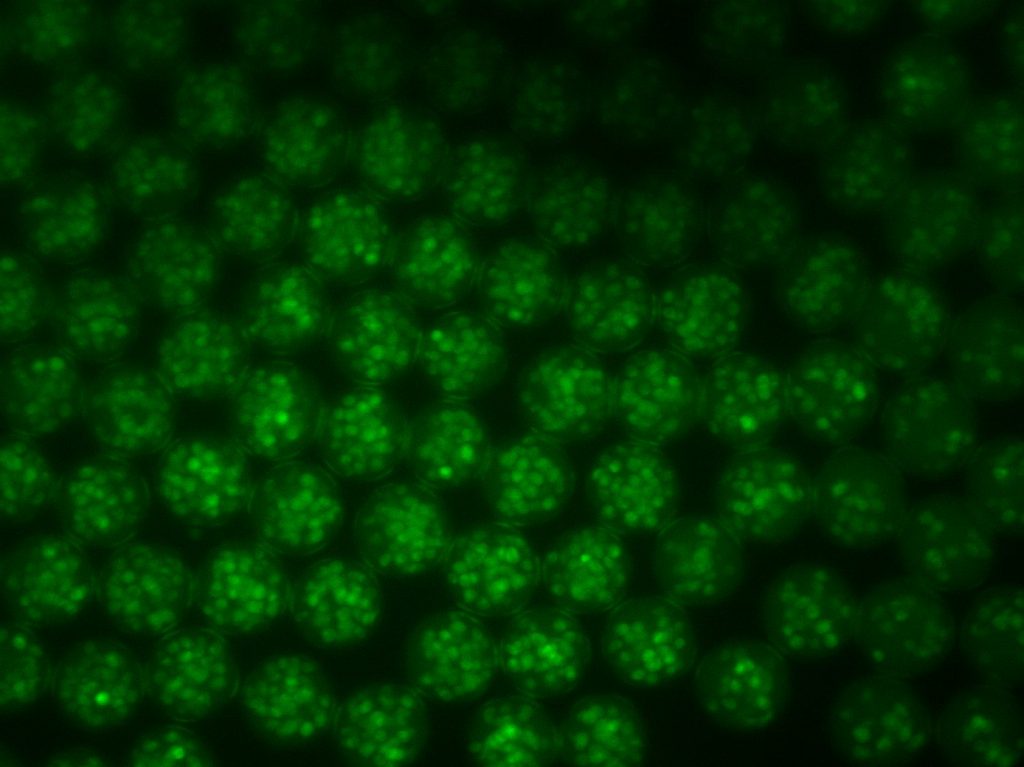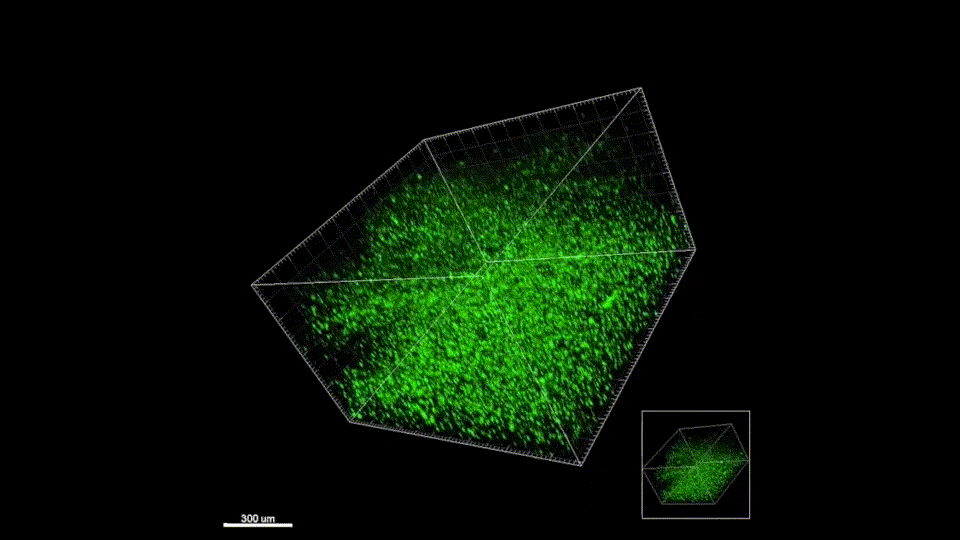Altmetric Score
Dimensions
Citation
Efficient gene delivery is a fundamental goal of biotechnology and has numerous applications in both basic and applied science. Substrate-mediated delivery and reverse transfection enhance gene transfer by increasing the concentration of DNA in the cellular microenvironment through immobilizing a plasmid to a cell culture substrate prior to cell seeding. In this report, we examine gene delivery of plasmids that were complexed with cationic polymers (polyplexes) or lipids (lipoplexes) and subsequently immobilized to cell culture or biomaterial substrates by adsorption. Polyplexes and lipoplexes were adsorbed to either tissue culture polystyrene or serum-adsorbed tissue culture polystyrene. The quantity of DNA immobilized increased with time of exposure, and the deposition rate and final amount deposited depended upon the properties of the substrate and complex. For polyplexes, serum modification enhanced reporter gene expression up to 1500-fold relative to unmodified substrates and yielded equivalent or greater expression compared to bolus delivery. For lipoplexes, serum modification significantly increased the number of transfected cells relative to unmodified substrates yet provided similar levels of expression. Immobilized complexes transfect primary cells with improved cellular viability relative to bolus delivery. Finally, this substrate-mediated delivery approach was extended to a widely used biomaterial, poly(lactide-co-glycolide). Immobilization of DNA complexes to tissue culture polystyrene substrates can be a useful tool for enhancing gene delivery for in vitro studies. Additionally, adapting this system to biomaterials may facilitate application to fields such as tissue engineering.

